During the launch of the new vintage of Chianti Classico, the “anteprima” or the “primeurs”, in mid-February in Florence the consorzio presented the new design of the black rooster, the gallo nero symbol of Chianti Classico. They also presented the new rules, as of this year, that will apply for Chianti Classico. BKWine’s Åsa Johansson reports.
The black rooster associated with Chianti Classico has had a facelift. The chest has become rounder, the tail feathers look fluffier and a new angle on the bill should, as the Chianti Classico consortium explains, provide a greater sense of “energy, strength and pride”. It is now also allowed to place the rooster on the back label of the bottle, and not just on the bottle neck. The new rooster looks prouder and is perhaps a slightly more “macho” rooster than before.
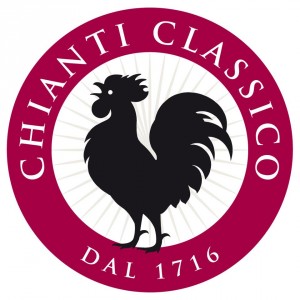
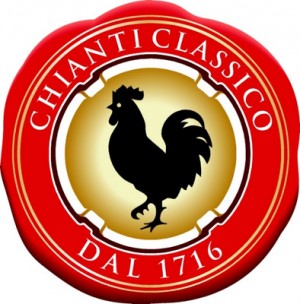 [divider_flat]
[divider_flat]
New quality denomination, La Gran Selezione
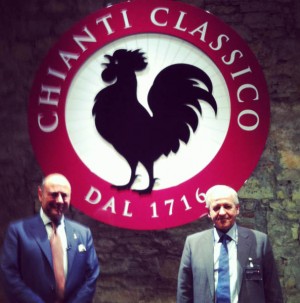
Otherwise the main thing that was announced at the press conference was the new rules that will apply to the Chianti Classico as of this year.
Previously there have been two versions of Chianti Classico: a regular Chianti Classico and a Chianti Classico Riserva, which requires longer aging.
New this year is that there will be an additional category called “La Gran Selezione”. It is meant to be for the very best wines from the area.
La Gran Selezione thus demotes Riserva from the top of the Chianti Classico quality pyramid to second place.
- Chianti Classico Gran Selezione
- Chianti Classico Riserva
- Chianti Classico
[divider_flat]
The difference between the Riserva and Gran Selezione?
The differences between Chianti Classico Riserva and la Gran Selezione are mainly two.
The first is that for Gran Selezione grapes must come from the winery’s own vineyards. One can not buy grapes or wine from another producer and then bottle under one’s own name if you want to make a Gran Selezione.
It will be easier for consumers to understand the price differences.
Difference number two is aging. For a Chianti Classico Riserva the minimum aging time is twenty-four months, including three in bottle. For Gran Selezione the aging period is six months longer, that is thirty months, including three in bottle.
“La Gran Selezione will make it easier for consumers to understand the price differences of the various Chianti Classico wines and it will make it easier to navigate among the region’s wines,” said Chianti Classico President Sergio Zingarelli at the press conference.
What do producers think? Good and not so good…

So, will Gran Selezione bring something positive to the wine region? Wine producers seems not quite to agree on this. BKWine asked a few producers about their views on the matter.
Go Chianti Classico! Go!
Sofia Ruhne, Swedish owner of the Il Terreno vineyards:
“At Terreno as members of the Consorzio we were involved in the process of developing the new rules for Chianti Classico. They reflect more fairly the work we, the producers, put into the wines and the quality of the Chianti Classico wines. We have since long produced a Chianti Classico Gran Selezione, Terreno Chianti Classico Riserva Lignanello, and we hope that our customers will now more easily understand both the quality and the price difference compared to a Riserva. We think this is a big step forward for the whole area. Go Chianti Classico! Go!”
‘Gran Selezione’ is a contradiction for all the serious wine growers
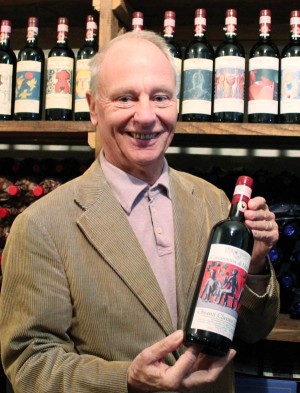
Peter Femfert owner of the farm Fattoria Nittardi:
“Chianti Classico has difficulties with positioning in the market, as unfortunately some mass-producers sell at incredible prices, in my opinion below producing cost.”
“Chianti Classico has been trying for years to differentiate between regional Chianti and Chianti Classico, the wines from the heart region of Tuscany. And the Consorzio has actively promoted this USP to the public, not with overwhelming success.”
“Now to promote a new segment of wine called “Gran Selezione” contradicts all those serious vintners that have been producing fine wines for the last centuries, also producing Riserva, the top segment of Chianti Classico.”
“At Nittardi nothing will change as we make wine only with our own grapes, the Chianti Classico annata called Casanuova di Nittardi and the Nittardi Riserva with selected grapes.”[divider_flat]
Chianti is selling well. Outside of Italy
At the press conference they also presented some statistics on sales, production, and climate change.
Chianti Classico is selling well on the international market, despite the economic crisis. Sales increased for the third consecutive year in 2012 by 10%. The U.S. market has increased by three percent from 25% to 28% of total sales. The Italian market, however, is worse and has gone down from 27% to 20%.
New markets that emerged in 2012 were Russia and China. The volume is still only small, one and two percent of total sales, but it is certainly interesting markets that Chianti has great hopes for (*). In contrast to the positive news of growing sales the 2012 harvest almost a disaster. The harvest volume was down 20% compared to the year before. This was due to an extremely hot and dry summer. Climate change is something that worries wine producers here.
[box type=”info”]Do you want to get the opportunity to learn about Chianti and to try a variety of delicious Chianti wines? Then you can go on a wine tour to Chianti and Tuscany with BKWine![/box]
Editor’s note:
(*) Interesting to compare this to some of the French wine regions, in particular Bordeaux. China became the biggest foreign market for Bordeaux in 2011, although it may have declined somewhat in 2012.



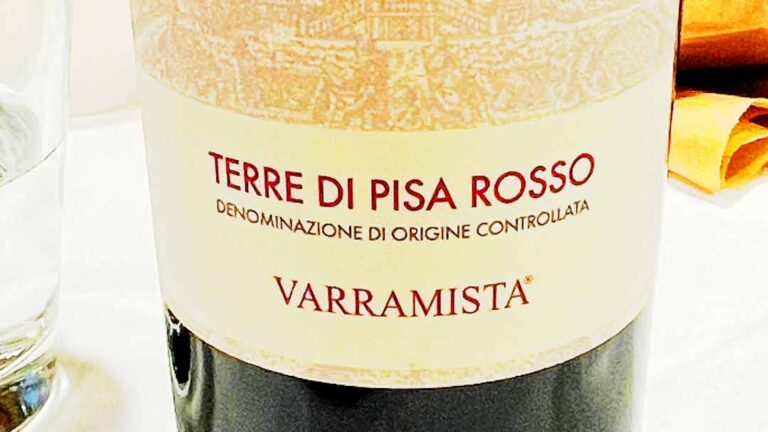
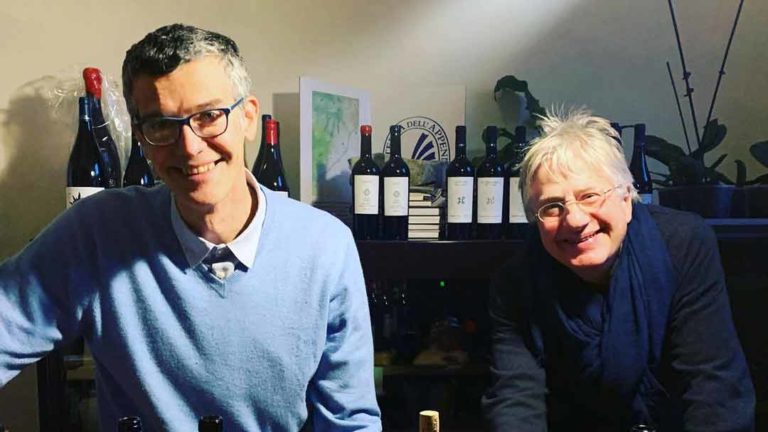
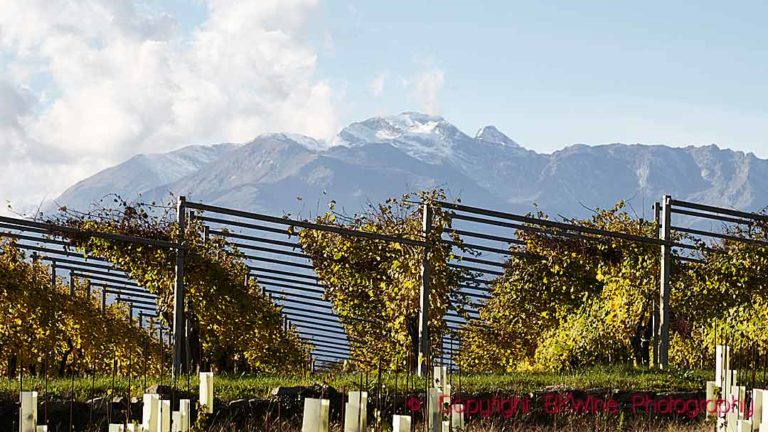




2 Responses